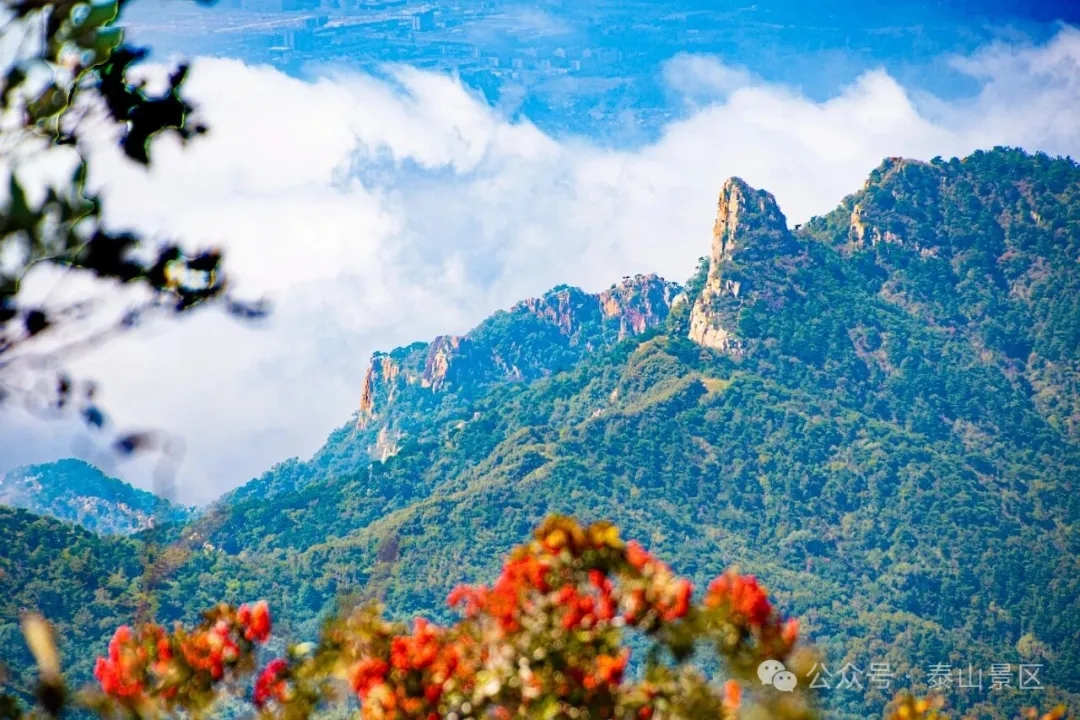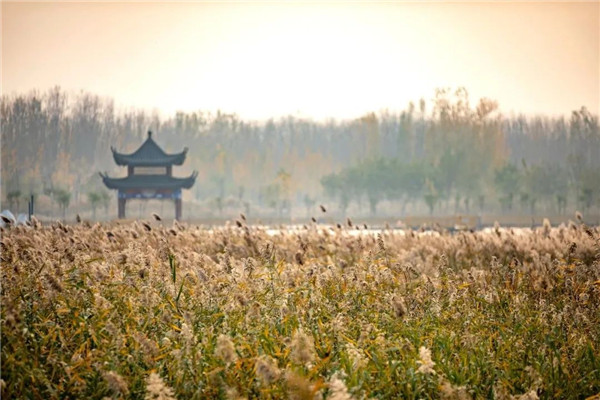Seeds of hope spring from seawater rice
Crops help produce more arable land for nation
The importance of food security was emphasized in autumn by Xi Jinping, general secretary of the Communist Party of China Central Committee.
In his report to the Party's 20th National Congress, he said, "We will ensure that China's food supply remains firmly in its own hands."
Xi also underlined the Party's determination to ensure that China's total area of farmland does not fall below 120 million hectares.
Agricultural experts stressed the importance of guarding this bottom line firmly and also advised turning another 100 million hectares of saline-alkali soil, also known as saline soil, into arable land. This soil contains so much salt that barely any crops can be grown on it.
Liu Jiayin, director of the Qingdao Saline-Alkali Tolerant Rice Research and Development Center, said: "Most crops die if the salt content in water is more than 0.2 percent. The amount of salt in saline soil ranges from place to place in China, but it is above that level, thus making it hard to support the growth of crops."
Data from the center show there are 950 million hectares of saline land globally. Some 22 percent of this land is in East Asia, and China has 100 million hectares of saline soil and 128 million hectares of arable land.
Some 6.67 million hectares of saline land is located in coastal areas around Bohai Bay and near the southeast coast. This land, the result of coastal erosion, will retain its salt content for a long time.
The nation's northeastern provinces, where the winter permafrost is more than 1 meter deep, are home to about 10 million hectares of saline land. In spring, water on the surface evaporates, but deeper down it remains frozen and cannot escape. As a result, salt accumulates and the soil becomes saline.
A further 66.67 million hectares of such land is located in the northwest, where there is so little rainfall that salt on the surface is seldom washed away.
Wei Ke, an associate researcher at the Chinese Academy of Sciences' Institute of Atmospheric Physics, said annual rainfall of 400 millimeters divides "wet" and "dry" regions, while 200 mm of rainfall a year determines "dry" and "very dry" areas.
"Most of the saline land in the northwest is located in dry or very dry regions," he said.
Wang Qingxue, 60, a farmer in Dongying city, Shandong province, said: "The saline soil on my family's arable land is near the Yellow River, while that of my cousin is near Bohai Bay. Both areas can be exploited, as they are close to wetlands, so this soil is not such a big problem."
Dry areas of the country are the biggest problem. For example, in Lankao county, Henan province, saline soil accounts for 36 percent of the total agricultural land. Combined with wind and sand, this situation has posed major challenges to local agriculture.
A vicious circle formed. Dry weather turned the soil saline, which meant it could not support plant or crop growth. As a result, there was no natural barrier against the wind, while sand that accumulated worsened the condition of the soil, so it was unable to retain water.
Even good arable land was affected, as evidenced by Shen Tianmin, a wheat breeding expert from Kaifeng city, Henan, who said in 1962 that wheat production in Lankao was only 12 kilograms per 0.67 hectares.
Two years later, Jiao Yulu, 42, the Lankao Party chief, who led locals in transforming 6,000 hectares of saline soil into arable land, died from liver cancer. In 2017, Lankao eradicated poverty after transforming a high percentage of saline soil into arable land to support crop growth.



 Embark on cultural trip in Shandong
Embark on cultural trip in Shandong Global civilizations shine at Nishan in Shandong
Global civilizations shine at Nishan in Shandong Explore Taishan Mountain's autumn splendor
Explore Taishan Mountain's autumn splendor

